Your donations tell Kuovonne that you value her content and want her to continue publishing. Every table, view, field, record, automation, interface, user, and more in Airtable has an Airtable ID. This is typically a three letter prefix that identifies the type of object, followed by 14 alphanumeric characters that identify the specific object.
When using Airtable, you rarely ever need to access these internal IDs. However, sometimes it is useful to know these ids, such as when working with scripting and prefilling forms.
General tips:
When you duplicate a base or restore a base from a snapshot, the internal Airtable IDs (except for the base ID and share links) remain the same. This is different from the behavior prior to February 2025 when all of the internal Airtable IDs changed upon base duplication. These IDs are also available in third party tools and scripts that expose schema information. Record ID
Prefix: rec
Ways to find it:
Create a formula field with the formula RECORD_ID() Look in the url of the browser when a record is open in the expanded view Available in an automation when the record is a triggering record or a found record Tips:
Do not confuse this with the primary field value of a record, or with any fields that you may be named “id”. Useful when prefilling a linked record field where the primary field value might change or might not be unique Useful when working with a third party integration source that will need to get a particular record Essential to understand if you work with scripts Guaranteed to be unique across a table, and probably is unique across a base. Except for the convoluted method for getting a table ID, this is the only ID available through formula fields. Table ID
Prefix: tbl
Ways to find it:
Look in the url when the table is open Look at the API documentation for the table Create a formula field based on a button field that opens an extension, such as Page Designer, that is configured for that table. Tips:
Useful when writing code where the table name might change Useful when generating urls for records View ID
Prefix: viw
Ways to find it:
Look in the url when the view is open Look at the API documentation for the table Tips:
Useful when writing code where the view name might change Optional when generating urls for records A form view has both a view ID and a share ID. The url for publishing the form is the share ID, not the view ID. Field ID
Prefix: fld
Ways to find it:
Get it from the “Manage Fields” tool for the table. You may need to unhide it". Get it from the url for a specific field. (Right-click the field name, and select “Copy field URL”) Get it from the url for a specific cell. (Right-click the cell, and select “Copy cell URL”) Look at the API documentation for the table Tips:
Useful when prefilling forms where the field name might change Useful when writing code where the field name might change Useful when debugging scripts Other IDs
Other internal IDs are not used as frequently and I do not have time to write them up now.
Additional abbreviations:
automation ID prefix: wfl automation trigger ID prefix: wtr automation action ID prefix: wac Note that elements within an Interface can be found in the url when the element is selected. However, these interface element IDs do not follow the same format as other IDs. They do not have a consistent three letter prefix and they are much shorter than 14 alphanumeric characters.
The content in this guide is free, but creating it takes time and money. If you like this content, .
 Object IDs in Airtable
Object IDs in Airtable